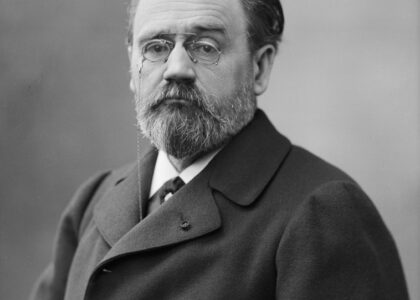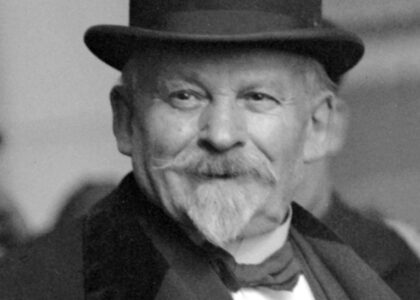Welcome to Thomson Depot, a historical landmark in Thomson, Georgia, with roots tracing back to the 19th century. Originally founded in 1837 as a railway depot on the burgeoning Georgia Railroad, this location played a pivotal role in the development of the town, which was initially known as ‘Slashes’. In 1853, the town was renamed in honor of John Edgar Thomson, a key figure in the railroad industry, and was officially incorporated as a town in 1854 and later as a city in 1870.
As you explore the depot, imagine the hustle and bustle of the 1800s when this site served as a critical hub for transport and communication. The arrival of the railroad not only spurred economic growth but also established Thomson as a significant player in the broader narrative of Georgia’s development.
Throughout its history, Thomson has been home to notable figures including the Populist leader and two-time presidential candidate Thomas E. Watson, who was instrumental in advocating for the agrarian movement. His legacy is deeply intertwined with the town’s history, reflecting the spirit of political activism and change.
The depot itself is a testament to the architectural styles of the era and stands as a monument to the town’s rich past. It marks the beginning and end of the Downtown Thomson Walking Tour, guiding visitors through a journey of historical discovery.
Thomson’s story is not just about railroads and politics; it also holds a cultural significance as the birthplace of Blind Willie McTell, a legendary blues musician whose art continues to inspire many. The depot and surrounding areas celebrate this musical heritage through events like the Blind Willie McTell Music Festival, drawing visitors from far and wide.
As you stand here, let your imagination wander back to the times when steam engines were the lifeblood of the nation, carrying passengers and goods across states, and bringing communities like Thomson to life. This depot is more than just a stop on a line; it’s a testament to the resilience and evolution of a community over nearly two centuries.





